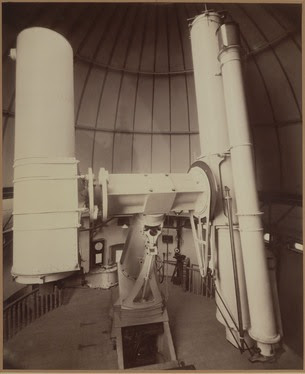
Mr Crisp came down to discuss final plans for new Altazimuth building. Went to Admy about reorganisation of Staff & appointment of successor to Le Brun. Crown lens of 28in O.G. released from constraint (on E side) and reversed to photo-position.
William Christie, Astronomer Royal













